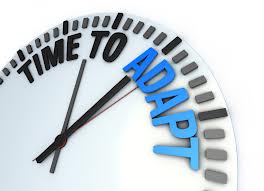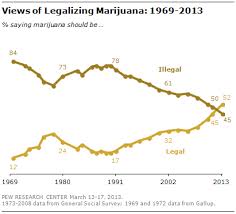 On Monday, I shared with you that in the corner of my basement, there is a small mountain of boxes from my last place of residence. I’ve decided after seven years, none of it can be very important. So, I’m opening the boxes and starting to trash the contents. In the very first box I found a treasure trove of training materials from when I worked for the Boy Scouts (BSA) as a District Executive in the 1990s. I decided that the readers of this blog might find some of it helpful and useful. On Monday, I shared with you BSA’s tips for running an annual campaign. Yesterday, I offered you the Scouts’ perspective on volunteer management. Today, we will look at volunteer retention.
On Monday, I shared with you that in the corner of my basement, there is a small mountain of boxes from my last place of residence. I’ve decided after seven years, none of it can be very important. So, I’m opening the boxes and starting to trash the contents. In the very first box I found a treasure trove of training materials from when I worked for the Boy Scouts (BSA) as a District Executive in the 1990s. I decided that the readers of this blog might find some of it helpful and useful. On Monday, I shared with you BSA’s tips for running an annual campaign. Yesterday, I offered you the Scouts’ perspective on volunteer management. Today, we will look at volunteer retention.
Unlike the last two BSA documents that I blogged about, this last one was not what I would call “simple”. It was not a brochure or a laminated card for your wallet. It was a 32-page manual titled “Selecting District People,” and Section VIII is all about “Volunteer Retention“.
I really love how the BSA starts Section VIII off with the following limerick:
There once was a chairman named Tad,
Who recruited new people like mad;
A whiz we all thought,
But the trouble he brought
‘Cause they left ‘fore they served; it was sad!
I think this really says it all! Don’t you?
 The BSA credits the Boy Scouts of Canada with coming up with the following “seven keys to the care and maintenance of volunteers:”
The BSA credits the Boy Scouts of Canada with coming up with the following “seven keys to the care and maintenance of volunteers:”
- Recruit the volunteers you need.
- Reclaim the volunteers who left scouting.
- Refuse/reject volunteers who are not suitable.
- Retain the volunteers you have.
- Recognize the volunteers you have.
- Rotate volunteers who need more challenging work.
- Refer the volunteers who move.
Wow . . . seven ‘”R’s” . . . pretty clever. 😉
This section goes on to offer many different retention ideas, and the following are just a few:
- Know your volunteers’ interests and align their volunteer opportunities with those interests.
- When you see a volunteer exhibiting “burn out,” don’t wait until it is too late. Engage these volunteers early and help them change to new duties.
- Volunteers sometimes drop out for personal reasons (e.g. health issues, divorce, work stress, etc). When this happens, keep in touch with them and invite them back when the situation is resolved.
For me, a good volunteer program has one central value that guides it . . . volunteers are members of your family and should be treated as such.
Just a few days ago, I received an email from my online friend Joanne Fritz at about.com. One of her stories was titled “What Do Your Volunteers Want? 10 Ways to Make Volunteers Happy“. She really takes the issue of volunteer retention to a new level. If you have a minute or two in your busy non-profit day, I strongly urge you to click-through and read this post. I know it will generate a few “AH-HA” moments for you.
While the mountain of boxes in the corner of my basement is still large, I’m stopping this series of blog posts here before it gets too stale. Besides, I’ve only gotten through one box so far and I have to pick-up the pace. LOL 😉
Is your agency trying to build a volunteer recruitment and management program? If so, how is it going? Do you track volunteer retention? What are you doing to improve your retention rates? Please share a few of your thoughts and ideas in the comment box below. We can all learn from each other.
Here’s to your health!
Erik Anderson
Founder & President, The Healthy Non-Profit LLC
www.thehealthynonprofit.com
erik@thehealthynonprofit.com
http://twitter.com/#!/eanderson847
http://www.facebook.com/eanderson847
http://www.linkedin.com/in/erikanderson847



















